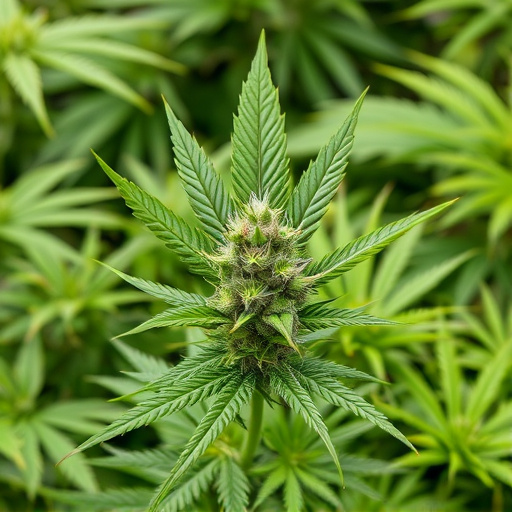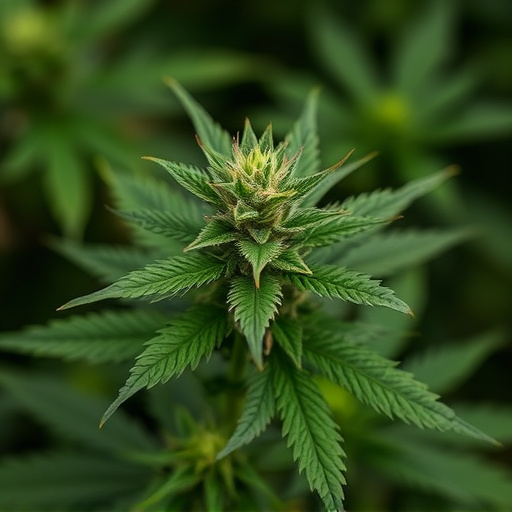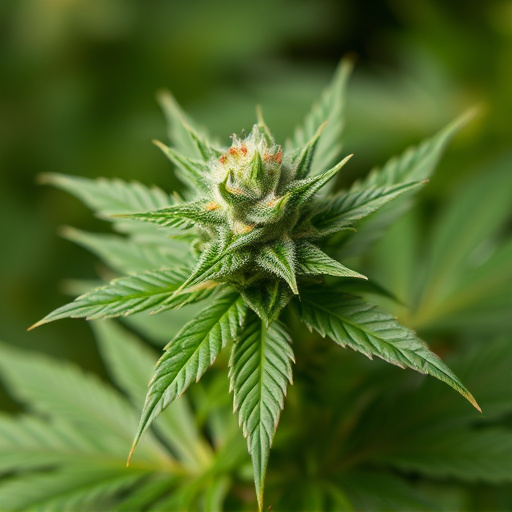Visual inspection is key to ensuring safe and effective cannabis strains for fibromyalgia management, as moldy or spoiled products can compromise potency, therapeutic benefits, aroma, taste, and even cause health risks. Proper storage is crucial to maintain quality in humid climates, with fresh, high-quality strains from reputable suppliers offering better pain and inflammation relief.
Looking to consume cannabis safely, especially if you manage fibromyalgia? Be wary of signs indicating moldy or expired weed. This potent substance can not only ruin your experience but also pose health risks. Learn to identify visual cues like discoloration and unusual textures, as well as detect off aromas and altered taste. Understanding these ‘moldy weed’ indicators is crucial for choosing high-quality cannabis strains that are safe and effective for managing fibromyalgia symptoms.
- Visual Indicators of Moldy Weed
- Aroma and Taste Distortions
- Potential Health Implications for Fibromyalgia Patients
Visual Indicators of Moldy Weed
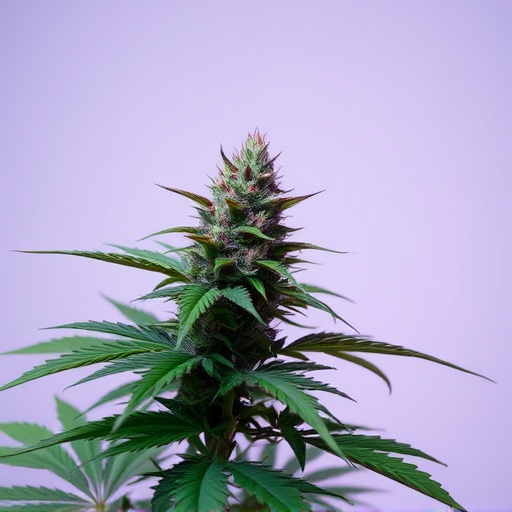
When it comes to cannabis strains, especially those used to alleviate symptoms of conditions like fibromyalgia, visual cues can be critical indicators of quality and safety. Moldy weed is a common issue that not only affects the appearance but also the potency and potential therapeutic benefits. Inspecting your cannabis for any visible signs of mold or mildew is essential before consumption.
Visual indicators of moldy weed include discolored spots on the flowers, ranging from black, brown, or white patches. The texture might become fuzzy or powdery, and the overall appearance may appear wilted or shriveled. These issues can occur due to various factors such as improper curing, storage in humid conditions, or exposure to mold during growth. Given that cannabis strains for fibromyalgia often rely on specific terpene profiles for their therapeutic effects, ensuring the product is free from mold is paramount to maintaining both effectiveness and safety.
Aroma and Taste Distortions
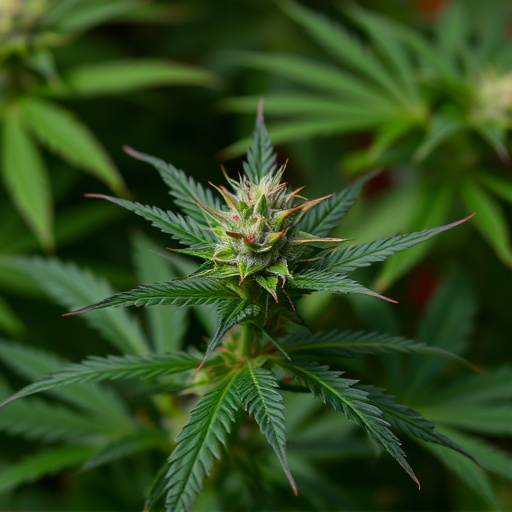
The quality and potency of cannabis can be significantly affected by mold or spoilage, which often presents itself through subtle yet distinct changes in aroma and taste. For those using cannabis to manage conditions like fibromyalgia, detecting these alterations is crucial. A once-pleasing cannabis strain for fibromyalgia may start to emit musty, earthy, or even rotten scents if it has developed mold. This can be a clear sign that the product is no longer suitable for consumption. Similarly, taste distortions are another key indicator; what was once floral or fruity might take on an off-putting sour, bitter, or stale flavor profile. These sensory shifts not only signal that the cannabis is no longer optimal for medicinal use but also highlight the importance of proper storage and awareness of potential spoilage, especially in regions with humid climates.
Potential Health Implications for Fibromyalgia Patients
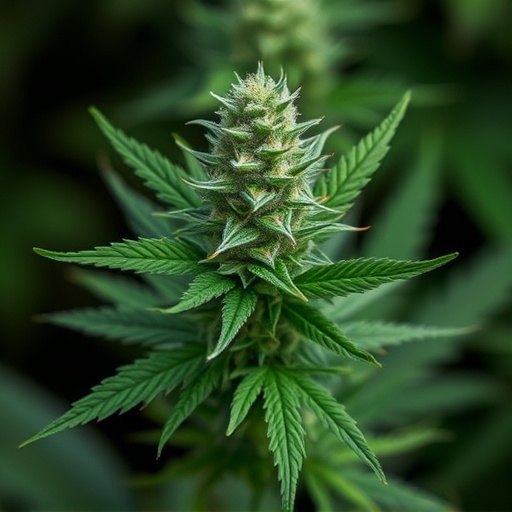
For individuals with fibromyalgia, a chronic pain condition characterized by widespread muscle and joint pain, the potential health implications of consuming moldy or expired cannabis strains cannot be overlooked. While cannabis has shown promise in alleviating certain symptoms for some patients, including pain management and sleep improvement, the quality and safety of the product are paramount. Moldy cannabis not only carries a higher risk of allergic reactions and respiratory issues but can also introduce mycotoxins, such as aflatoxins, which have been linked to serious health problems.
Expirated cannabis strains may lose their therapeutic efficacy, becoming less effective in providing relief from fibromyalgia symptoms. Moreover, the degradation process could lead to the development of unknown compounds or increased levels of existing ones that might interact negatively with a patient’s body. For those considering cannabis as part of their treatment plan for fibromyalgia, it is crucial to ensure the product is fresh, properly stored, and sourced from reputable suppliers who prioritize quality control measures. Opting for high-quality cannabis strains specifically designed to target pain and inflammation could offer a safer and more effective alternative for managing fibromyalgia symptoms.
When it comes to using cannabis strains for fibromyalgia management, recognizing the signs of moldy or expired weed is crucial. By understanding visual indicators like discolored leaves and unusual textures, as well as detecting off-putting aromas and tastes, you can avoid potential health risks associated with contaminated products. Staying informed about these warnings allows patients to make safer choices when selecting cannabis treatments for their fibromyalgia symptoms.

